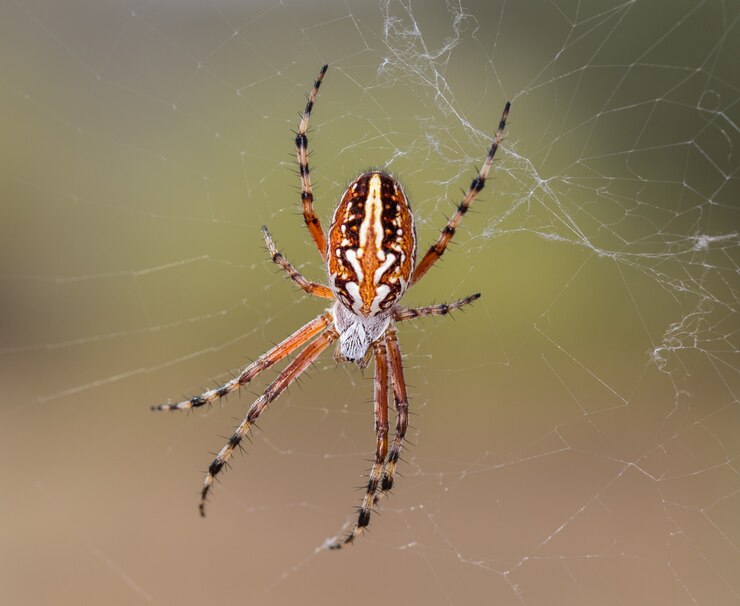A place like Nassau in the Caribbean is known for its beautiful beaches and clear waters, but there are dangerous animals in the Bahamas you should avoid. These animals can pose a threat to humans and other animals on land and in the sea.
Learn about the potential dangers and safety precautions when visiting this tropical paradise in the Bahamas.
Become an insider. Subscribe to our newsletter for more top trending stories like this!
People Also Read: 10 Amazing Hotels in Lalibela Ethiopia to Give You a Taste of Africa
6 Dangerous Animals in the Bahamas
Sharks
Many shark species are common in the Bahamas. While attacks on people are rare, you should take precautionary measures when swimming.
Tiger sharks are the most common. They often hover alone in other parts of the world, but, in the Bahamas, tiger sharks swim in groups.
Other common shark species you can find in the Bahamas include:
- Caribbean reef sharks
- Great hammerheads
- Oceanic whitetips
- Nurse sharks.
- lemon sharks
- Bull sharks
Always stick to the resort beaches, as they’re shark-free and safe. Moreover, avoid swimming at night or dusk.
Jellyfish
Although jellyfish aren’t dangerous animals in the Bahamas, the sting of some species can leave you uncomfortable.
The Portuguese Man–of–War scientifically called Physalia Physalis, and the Moon Jelly, or Aurelia aurita, are two common jellyfish species in the Bahamas, Caribbean, and Florida.
The thimble jellyfish is also common in the Bahamas and the West Indies. Together with sea lice, thimble jellyfish can sting and leave you in extreme pain.
Mosquitoes
As is typical of tropical regions, mosquitoes are common in the Bahamas. Apart from malaria, these insects carry diseases such as the Zika virus. This transmission is a result of feeding on infected people.
Zika disease can make you feverish and experience symptoms such as:
- Headache
- Red eyes
- Muscle and joint pain
The mosquitoes carrying Zika disease are from Aedes aegypti, usually biting during the day. These mosquitoes can also transmit yellow fever, dengue, and chikungunya disease from an infected host.
It’s ideal to carry a mosquito repellent with you and use it throughout your visit to the Bahamas.
Ticks
Research shows three types of ticks scattered across Nassau, the capital of the Bahamas.
- the deer tick
- the American dog tick
- and the lone star tick.
Once a tick gets hold of you, they find a comfortable area to hide and feed on your blood for hours or days, ranging between 36-48 hours. This experience can be uncomfortable, even traumatizing.
They spread different types of diseases, which makes them one of the most dangerous animals in the Bahamas.
Avoid bushy areas as much as possible and use a tick-repellent.
Barracudas
These are unique species of coral reefs in the Bahamas. They’re big, large, and long fish. A wide range of reef fish species are responsible for ciguatera poisoning, including
- Hogfish
- Kingfish
- Grouper
- Parrotfish
- Sea Bass
- Moray Eel
- Amberjack
- Coral Trout
- Surgeonfish
- Red Snapper
Usually, ciguatoxins are found in fish liver, intestines, heads, and roe. You’ll hardly experience barracuda fish attacking you while swimming, however, avoid wearing jewelry or shiny ornaments while swimming. This is because a barracuda may mistake you for a wounded baitfish and attack you.
Become an insider. Subscribe to our newsletter for more top trending stories like this!
Spiders
Like other dangerous animals in the Bahamas, spiders are common.
During your trip to the Bahamas, you should watch out for the Brazilian wandering spider. These types of spiders reside around bananas. Hence, be careful while handling fruits like bananas.
Usually, these spiders camouflage themselves, and you’ll only notice them once they bite.
Wandering spiders in the Bahamas release venom that’s called neurotoxin. If you experience any of the following symptoms, you should visit the hospital as soon as possible.
- Swelling
- Paralysis
- Numbness
- Blurred vision
- Excruciating pain
- Tingling sensations
- Slowed heart rhythm
Safety Precautions to Take in the Bahamas
Avoid Swimming Alone or at Night
Undoubtedly, the islands in the Bahamas, along with the sand beaches, are safe and clean. You should, however, be cautious and avoid swimming alone, especially at lone beaches.
Someone will be able to call for help should anything happen to you, so it’s critical to be in groups. Also, avoid swimming at night, as other angles of the beach may be on your blind side.
Stay Informed About Beach Conditions
When you visit a beach, be sure to consult the tour guides to learn more about the conditions of the beach. These include your safety, animals strolling the beach, dangerous locations, and responding to emergencies.
Staying informed about beach conditions and dangerous animals in the Bahamas will help you make informed decisions about whether to stay at a specific beach or not.
Watch Out for Warning Signs and Flags
You’ll also see warning signs at the various beaches in the Bahamas. This may include:
- places to avoid
- creeping animals in the sand
- locations that aren’t safe to swim in
- marine animals you should avoid playing with,
- and foods you should avoid.
Consider Taking a Guided Excursion
To save yourself from encountering dangerous animals in the Bahamas, hire a tour guide knowledgeable about the places you plan to visit. These tour guides will not only guide you to safe tourist destinations, but they will also protect you from harm.
Know How to Treat Stings or Bites
Carry your first aid kit and learn how to use it in emergencies, especially on bites and stings from sliders.
Annually, millions of people are injured or killed due to inadequate responses or delayed assistance. It’s important to take immediate action and apply first aid, even during vacations.
People Also Read: 7 Plants in the Bahamas to Give You a Glimpse of the Caribbean Beauty
While many people assume crocodiles, alligators, thread snakes, and other wildlife are the most dangerous animals in the Bahamas, some of these animals aren’t available on the native island.
Tourist sites in the Bahamas are beautiful and safe places to visit. Exercise caution against dangerous animals for your safety and that of your loved ones.
Nearly 80% of consumers visit directories with reviews to find a local business. List your business for free in our exclusive Spotcovery Black-Owned Business Directory.
Spotcovery offers unique and fresh daily content on Black culture, lifestyle, and experiences. We talk about everything black, black people, black-owned and black-owned businesses. We also deliver authentic and relevant content that will inform, inspire, and empower you! The future of black media is critical to today’s black experience! Our primary audience includes African Americans, Africans, Afro-Caribbean, and people of African heritage. Black culture is for the culture!
Become an insider. Subscribe to our newsletter for more top trending stories like this!





